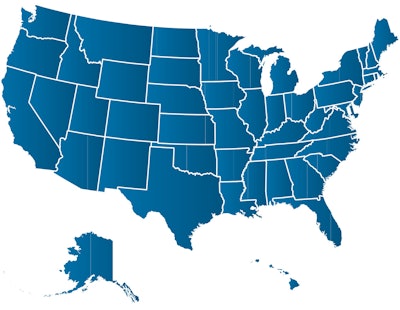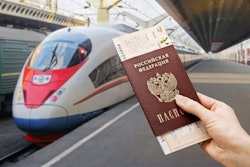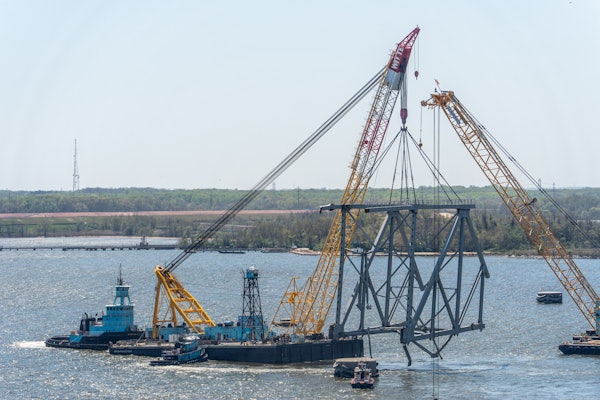
The nation’s infrastructure system can be likened to an economic circulatory system – giving us freedom, opportunity and mobility – and this should never be taken for granted, said former Kansas Gov. Bill Graves at the Infrastructure for the Future (IFF) Summit held in Washington, D.C., last month.
“We should never undervalue the greatness and freedom our nation’s roads provide,” says Graves, now president and CEO of the American Trucking Associations.
This means understanding highways and bridges aren’t free – and they certainly aren’t cheap. It also means there’s no solution to the transportation-funding challenge that will be free. Touching on the current two-year transportation bill, Moving Ahead for Progress in the 21st Century (MAP-21), which expires at the end of September and the Highway Trust Fund’s impending insolvency in 2015, Graves quickly pointed out devolving to the states is not the answer.
With action lacking at the federal level, states stepped up to address the funding challenges by getting creative and taking action. Wyoming just increased fuel tax by 10 cents per gallon to fund the state’s infrastructure. This legislation passed, too, with a Republican-dominated state government. Pennsylvania Gov. Tom Corbett just signed a transportation bill in Pennsylvania, showing that states aren’t waiting around. However, the state Departments of Transportation might be setting a dangerous precedent. “Every state will tell you we need a federal [transportation funding] program,” notes Bud Wright, executive director of the American Association of State Highway and Transportation Officials (AASHTO), at the IFF Summit.
Without a federal a component to work with the states, “we’ll have the most expensive gravel road ever built in America,” adds Rep. Bill Shuster (R-Pa.), House Transportation and Infrastructure Committee chairman.
Instead of letting the problem fester and hoping it will go away, a long-term, sustainable solution needs to be developed at the federal level. David Abney, chief operating officer of the United Parcel Service (UPS), has done the math about how much it’s costing by not moving forward and the critical role transportation plays in our nation. It’s astounding.
 [email protected]
[email protected]UPS delivers nearly 16.3 million packages every day, except starting around Dec. 17, when that number rises to about 29 million packages. That’s a lot of transportation for a lot of packages and a lot of money for the economy. It’s 6 percent of the U.S. GDP and 2 percent of global GPD. Just five minutes of congestion costs UPS $105 million.
For a company that has evolved from a patchwork of hand-drawn maps to a true network with calculated logistics, UPS champions treating infrastructure with a holistic approach and not in state-segregated silos. “We may cross several states, but we need a holistic system connected in the best way,” Abney says.
That’s what we need. The states have stepped up. Now it’s time for a holistic approach at the federal level.












